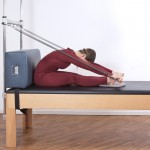Going Archival
by Reiner Grootenhuis
April 11, 2018
Becoming a Pilates teacher in today’s world often means enrolling in one of the big Pilates schools and learning, in their opinion, what they think Pilates is. As we discover from this experience, many of us find out that the Pilates described in these certification courses is not the full picture of Pilates. So the study has to continue – we attend conferences & workshops, study the videos on Pilatesology and Pilates Anytime, buy books, or maybe enroll in a Mentor Program.
But wait, isn’t there also another way? Much less popular and clearly not “ready-to-eat”?
Going Archival – Learning from the Original Material
Now why is “Going Archival” not so popular? What is holding us back from studying what the man himself did? Sure, Joseph Pilates’ books are written in a language which some of us find discomforting, although there is quite a bit of truth in them. His films often look funny because of video conversion processes which can make the movements seem accelerated. But I suspect it is more than this which is holding us back.
In my opinion, many of our Pilates “elite protagonists” seems to have an ambiguous or even negative view on Joseph Pilates’ archival material. Let me highlight two well-known voices; there are certainly many others.
One is Peter Fiasca who wrote in his book Discovering Pure Classical Pilates: Theory and Practice as Joseph Pilates Intended – The Traditional Method vs. The Lies for Sale (let’s not discuss the title):
Contrology, or the art of control coordinating body, mind and spirit, is grounded in an oral tradition of instructors communicating Joseph Pilates’ values, movement qualities, technique and history to one another, and to their students.
Peter Fiasca also quoted Jay Grimes who, when asked about the use of photos and films of Joseph Pilates, said “Why do you want to dig through Joe’s trash?” (Quote from 2013)
Now, don’t get me wrong. I have a lot of admiration for the work of both Jay Grimes and Peter Fiasca. You could even call me a fan. But this is not my point.
Now after hearing two “Cons”, let’s see if we can find two “Pros” to counter-balance. Benjamin Degenhardt is one who immediately comes to my mind as he often uses archival material to explain his take on a certain exercise. Another person, with a close proximity to the archives, is Elaine Ewing who wrote some weeks ago, in the pilates-contrology-forum:
That is how Joe demonstrated it in photos and film and how his students did it in photos and film. I teach it Joe’s way and to me and my clients it makes more sense physically and in relation to the rest of the reformer repertoire. But like I said, Romana had reasons for teaching exercises the way she did and I respect that and respect anyone who teaches it the way she taught it. I think as educated teachers, we should know the lineage of the exercises to make choices when teaching.
What I liked about her statement was the idea of differentiating between what was taught by first generation teachers and what we obviously see in Joseph Pilates’ pictures and videos. Which means valuing the oral tradition as much as the archival one.
Now, let’s talk business … what “Going Archival” means for me. When I went digging into the “trash”, I found some very fascinating photos in the unfortunately out-of-print book entitled The Joseph Pilates Archive Collection. They are from a series of exercises done with a Roll-Down-Bar. The springs of the Roll-Down-Bar were fixed on another bar which was clamped in a doorway. According to the book, this was the original “Tower”. Now unfortunately, I can’t show you these photos because of possible copyright infringement. But what I can show you is my interpretation of one of the exercises which I call “Sitting Stomach Massage”, but you might choose a different name for it.
Here is how I set the exercise up:
“Select the spring position so that the exercise can be carried out completely and without jerking. The height of the spring position affects the difficulty of the exercise. The higher the harder. Place a reformer box with the opening to the spring origin on the Cadillac poles from the inside. Sit with your hip and back at the Reformer-Box, so that there is no free space between the box and the hip. Sit upright. Hands hold the Roll Down Bar about shoulder width. Place the feet in a small V on a sliding pad or towel. The exercise can also be done without a pad, as long as only minimal weight is brought into the feet. Now put the Roll Down Bar over your feet, so that your feet in the small V are in the middle of the Bar. Toes and balls are in contact with the RDB. Hands holding left and right.”
Once set up, we can follow along with Joseph Pilates’ exercise description:
- Take position shown; inhale, holding on to bar, and try to straighten legs. (Do not let go of bar with hands)
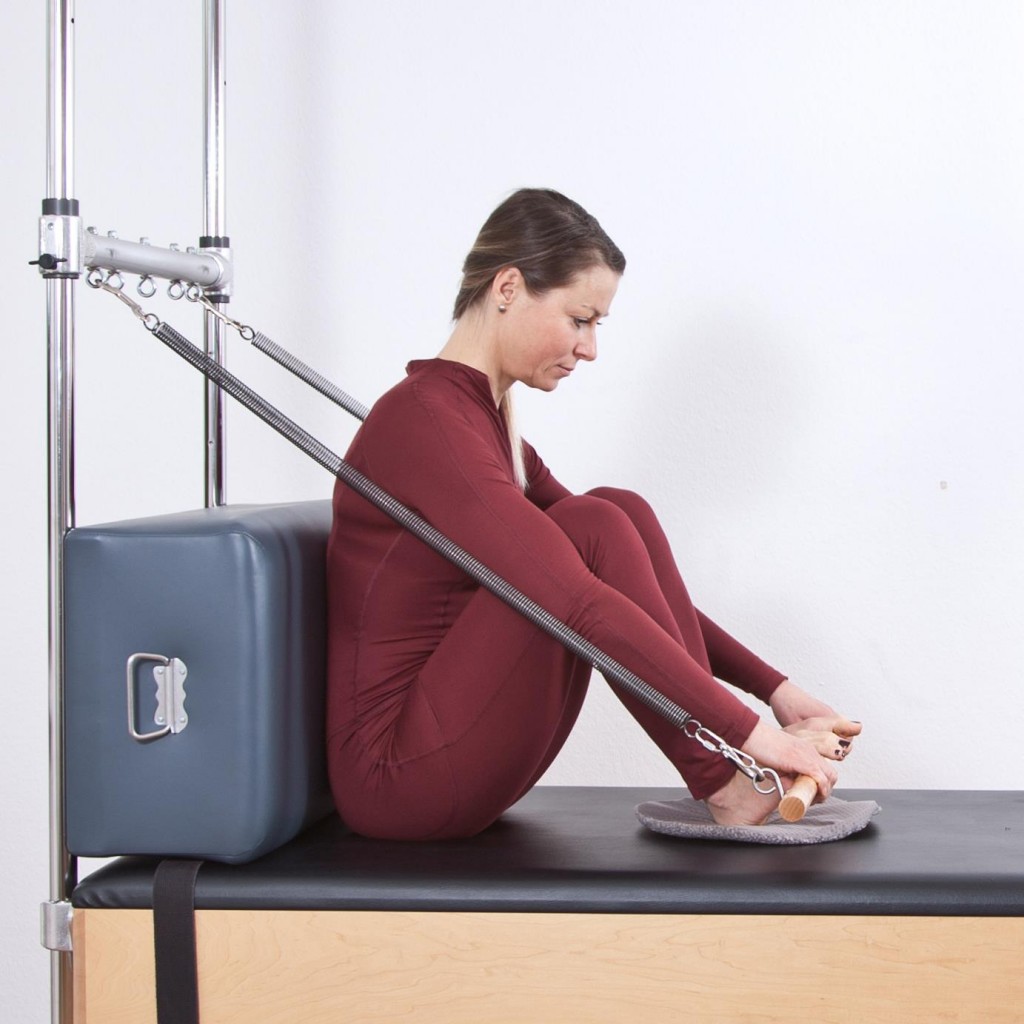
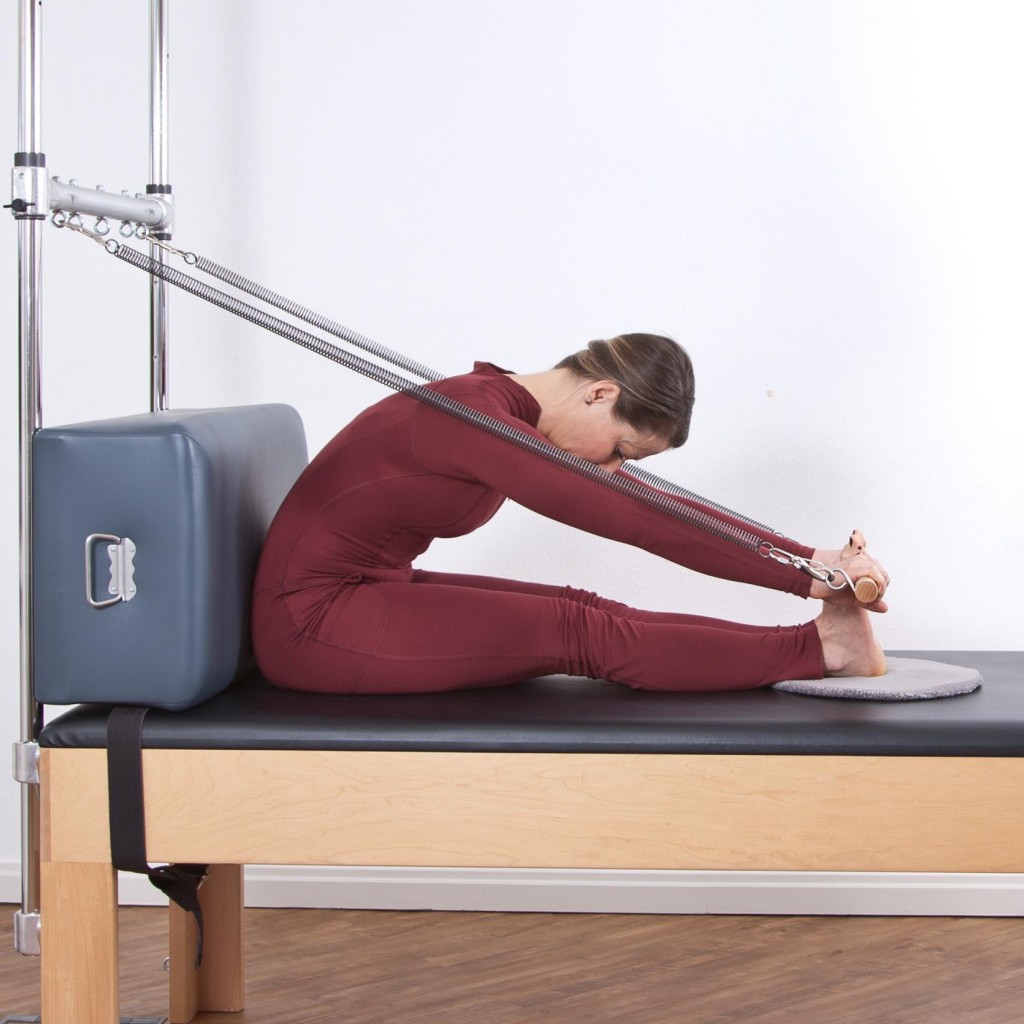
- Then push toes down, press head down (chin on chest), exhale and hold a few seconds. Return to original position. Repeat 5 times.
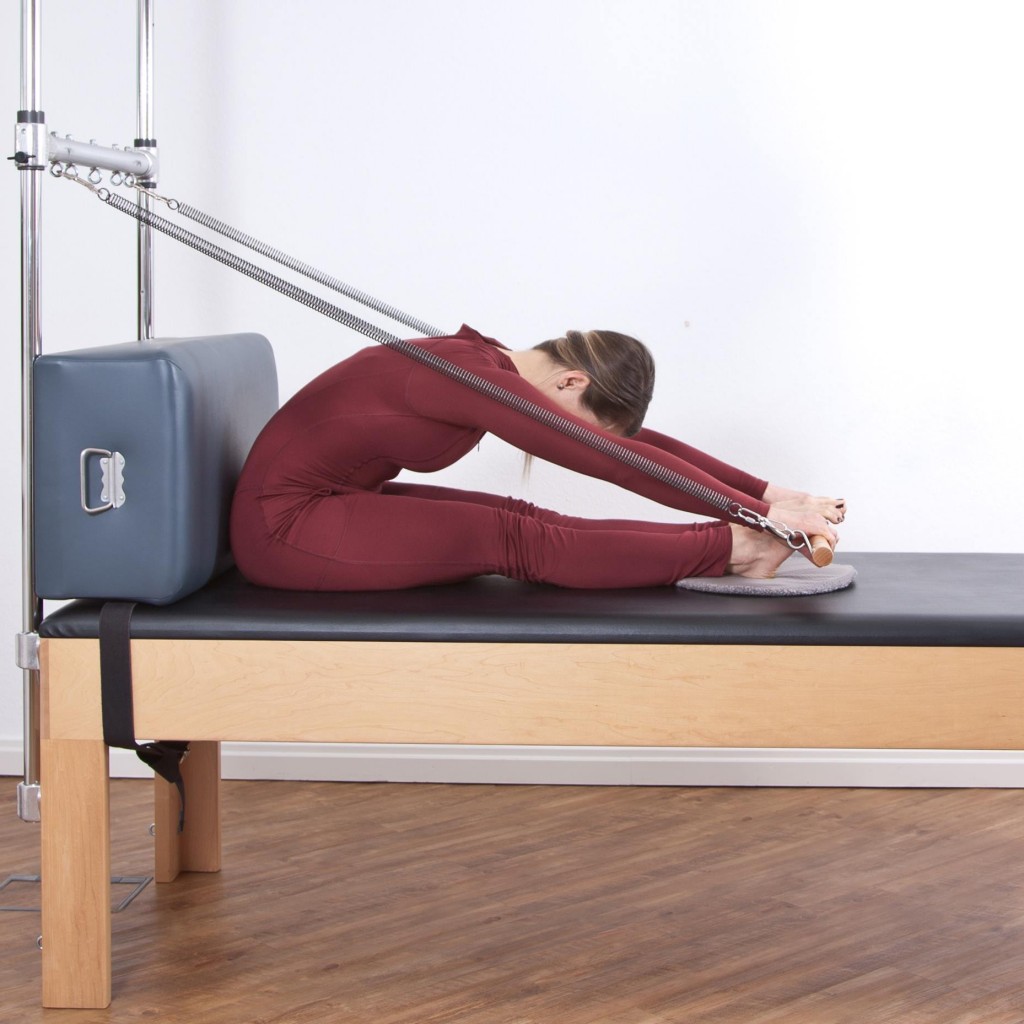
The main difference between my interpretation and Joe’s original exercise is the use of the Reformer Box. I find the Reformer Box very helpful for feeling the opposition or as it often called, the “2-way stretch”. Abdominals hollowing and working into opposition of the movement of the chest and arms. The Reformer Box gives your hip and low back great feedback to feel this opposition and get a nice stretch over the whole back of your body. Due to the closed chain, this exercise will quickly show imbalances in the body, when the feet start to slide to the left or right. As my mentor Kathy Corey taught me, if this is happening, try to change the setup of the exercise early on to help the body to correct itself.
I hope this exercise is a good example understanding my approach on this topic – how I was able to be inspired by some original archival material in creating a new exercise variation. Let us take more advantage of Joseph Pilates’ visual heritage in form of photos and videos as a complement to our strong oral tradition to continually refine our understanding of the Pilates method.
Enjoy the exercise and let me know what you think.
Reiner Grootenhuis
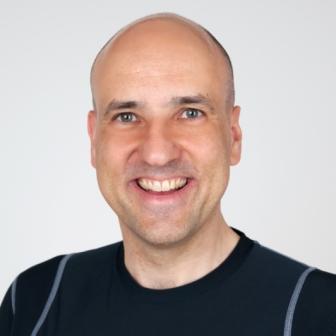 Besides obtaining a diploma in psychology an MB and being sexier than a Greek God, Reiner Grootenhuis has studied the healing and martial arts of the Southern Shaolin Monastery Weng Chun. He completed the training as a Pilates instructor for Pilates mat and equipment at the Pilates educational academy BASI®. He is the founder and operator of the largest Pilates teacher community worldwide, the pilates-contrology-forum on Facebook, which includes over 8400 Pilates instructors. At the beginning of 2012, he opened the pilates-powers Studio inNorth-Rhine-Westphalia Germany. Since 2014, he has been offering his own Pilates education program which is certified by the German Pilates Association.
Besides obtaining a diploma in psychology an MB and being sexier than a Greek God, Reiner Grootenhuis has studied the healing and martial arts of the Southern Shaolin Monastery Weng Chun. He completed the training as a Pilates instructor for Pilates mat and equipment at the Pilates educational academy BASI®. He is the founder and operator of the largest Pilates teacher community worldwide, the pilates-contrology-forum on Facebook, which includes over 8400 Pilates instructors. At the beginning of 2012, he opened the pilates-powers Studio inNorth-Rhine-Westphalia Germany. Since 2014, he has been offering his own Pilates education program which is certified by the German Pilates Association.

